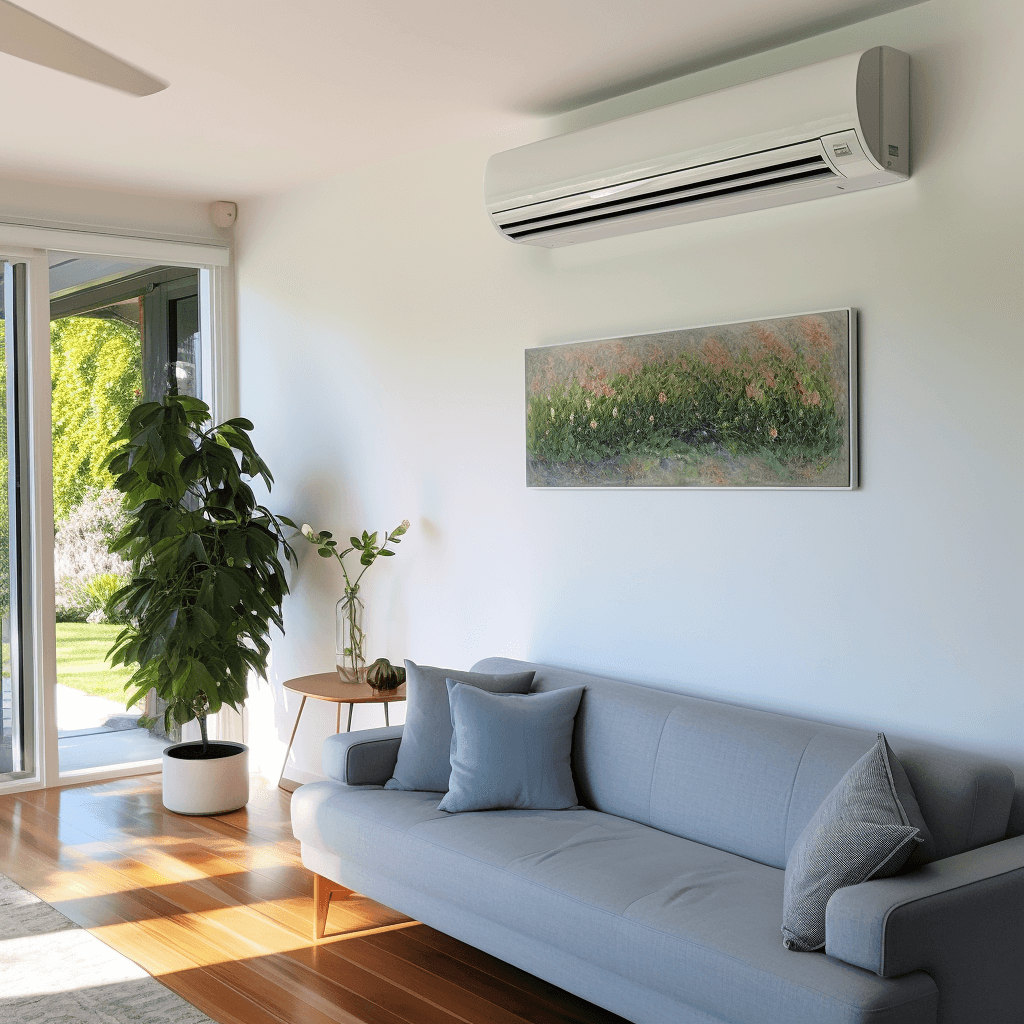Unraveling the Working Principles of Wall-Mounted Air Conditioners: An In-depth HVAC Guide by AirGreen, Montreal
As a leading HVAC service provider in Montreal, AirGreen consistently strives to bring innovative and efficient cooling solutions to its clients. Among these technologies, wall-mounted air conditioners have been a game-changer. This article will delve into the mechanics of wall-mounted air conditioners, simplifying complex operations and showing how these systems efficiently cool your home.
Unpacking Wall-Mounted Air Conditioners
To understand how wall-mounted air conditioners work, it's crucial to grasp their structure first. These systems, also known as ductless or split air conditioners, consist of two main components: an outdoor compressor unit and an indoor unit that is mounted on your wall. The two parts are connected by a conduit that carries the power cables, refrigerant tubing, and a condensate drain.
The Cooling Process: From Compression to Condensation
At its core, the functioning of a wall-mounted air conditioner revolves around the principles of thermodynamics, involving the continuous circulation, compression, and expansion of a refrigerant. Here's how it works:
-
Compression: The cooling process begins in the outdoor unit, where the compressor pressurizes the refrigerant, causing it to heat up as it compresses.
-
Condensation: This high-pressure, high-temperature gas then flows into the condenser. As the hot refrigerant gas releases its heat (aided by a fan that blows outside air over the condenser coil), it cools down and transforms into a high-pressure liquid.
-
Expansion: The refrigerant then travels to the indoor unit through the refrigerant lines. Upon reaching the expansion valve, the high-pressure refrigerant is allowed to expand, rapidly dropping its pressure and temperature, transforming into a cool gas.
-
Evaporation: The cool, low-pressure gas then moves into the evaporator coil. As the indoor unit fan blows room air over the coil, the refrigerant absorbs the heat from the air. This heat exchange causes the refrigerant to evaporate back into a gas, while the now cooled air is circulated back into the room.
-
Return to Compression: The low-pressure gas then returns to the outdoor compressor, and the cycle begins again.
Why Choose a Wall-Mounted Air Conditioner?
So, how does this operation translate into benefits for a homeowner in Montreal? Wall-mounted air conditioners offer several advantages:
-
No Ductwork: These systems do not require the complex and invasive ductwork associated with traditional HVAC systems. This feature simplifies installation and eliminates the energy losses that can occur with ducted systems.
-
Energy Efficiency: Wall-mounted air conditioners are energy-efficient. They cool only the zones you want, reducing energy consumption.
-
Quiet Operation: These units operate with less noise compared to traditional air conditioning systems, providing a more comfortable and quiet environment.
-
Design Flexibility: With a sleek and modern design, these systems can blend with your interior decor, unlike bulky traditional units.
As we've seen, the mechanics of wall-mounted air conditioners are built on fundamental principles of thermodynamics. Despite their complex operations, the user experience is simple: efficient and effective cooling. As a Montreal resident, AirGreen can help you leverage these benefits and enhance your home's comfort with our professional HVAC services. Contact us today to learn more about wall-mounted air conditioners and how they can benefit your cooling needs.

